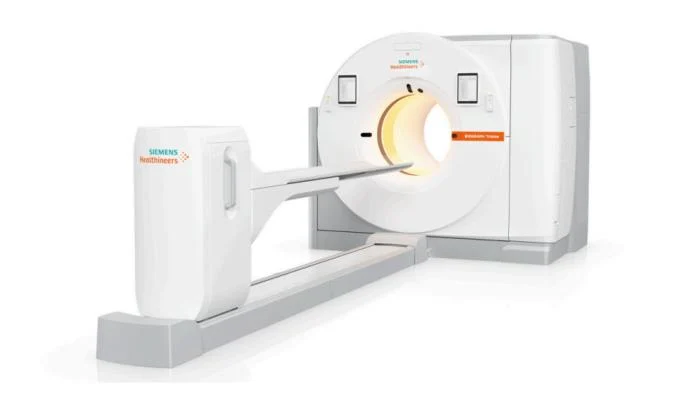What’s New in PET/CT
PET/CT in restaging, prognosis, and recurrence in patients with malignant melanoma.
PET/CT Updates, Research & Education
May 2021
Purpose
Cutaneous malignant melanoma (CMM) is a highly aggressive tumor with high tendency of return despite complete surgical removal. It has a high risk of dissemination to regional lymph nodes and visceral organs. The prognosis is highly dependent on lymph node involvement and distant metastases. Positron Emission Tomography with Computed Tomography (PET/CT) is a valuable non-invasive tool for the diagnosis and staging of patients with MM. The purpose of the present study was to evaluate the role of integrated (PET/CT) in staging, restaging, prognosis, and prediction of recurrence in patients with malignant melanoma.
Results
Fifty malignant melanoma patients with age ranged from 28 to74 years (mean age 55.94 + 13.40 years) were 28 males (mean age 56.71 + 12.82) and 22 females (mean age 54.95 + 14.34). All our patients were histopathologically proven to have malignant melanoma. Twenty-one patients came for initial staging by 18F-FDG PET/CT. Their findings were compared with the reference standards and showed the sensitivity of 93.33%, specificity of 60%, and accuracy of 85.71% for primary staging. 18F-FDG PET/CT scan in 11 clinical suspicion patients of relapse after treatment showed the sensitivity of 100%, specificity of 66.66%, positive predictive value of 88.88%; negative predictive value of 100%; and accuracy of 90.90%. FDG-PET/CT of whole body scan in 18 cases of stage IV melanoma showed sensitivity of 100%, specificity of 66.66%, and overall accuracy of 94.44% for detection of distant metastases. SUVmean and SUVmax in all studied groups were significantly higher in true positive more than true negative or false-positive patients diagnosed by PET/CT with high sensitivity (82.88–100%).
Conclusion
PET/CT imaging enhanced diagnostic performance in detection of the primary malignancy, in follow-up of high-risk patients and patients with suspected or known local or distant recurrence, and in restaging of patients with known distant metastatic disease to assess tumor response.
Source: El-Shourbagy, K.H., Mashaly, E.M., Khodair, S.A. et al. PET/CT in restaging, prognosis, and recurrence in patients with malignant melanoma. Egypt J Radiol Nucl Med 51, 167 (2020). https://doi.org/10.1186/s43055-020-00276-1 <https://ejrnm.springeropen.com/articles/10.1186/s43055-020-00276-1>
Retrieved 20 April 2021.

Skin Cancer Awareness Month
- The American Cancer Society predicts over 100,000 new melanomas will be diagnosed in 2021.
- The rates of melanoma have been rising rapidly over the past few decades, but this has varied by age.
- The risk of melanoma increases as people age, with the average age of diagnosis being 65. However, it is one of the most common cancers in young adults.
Connect with Us
Get additional information and stay up-to-date with the latest news by connecting with us on social media.



